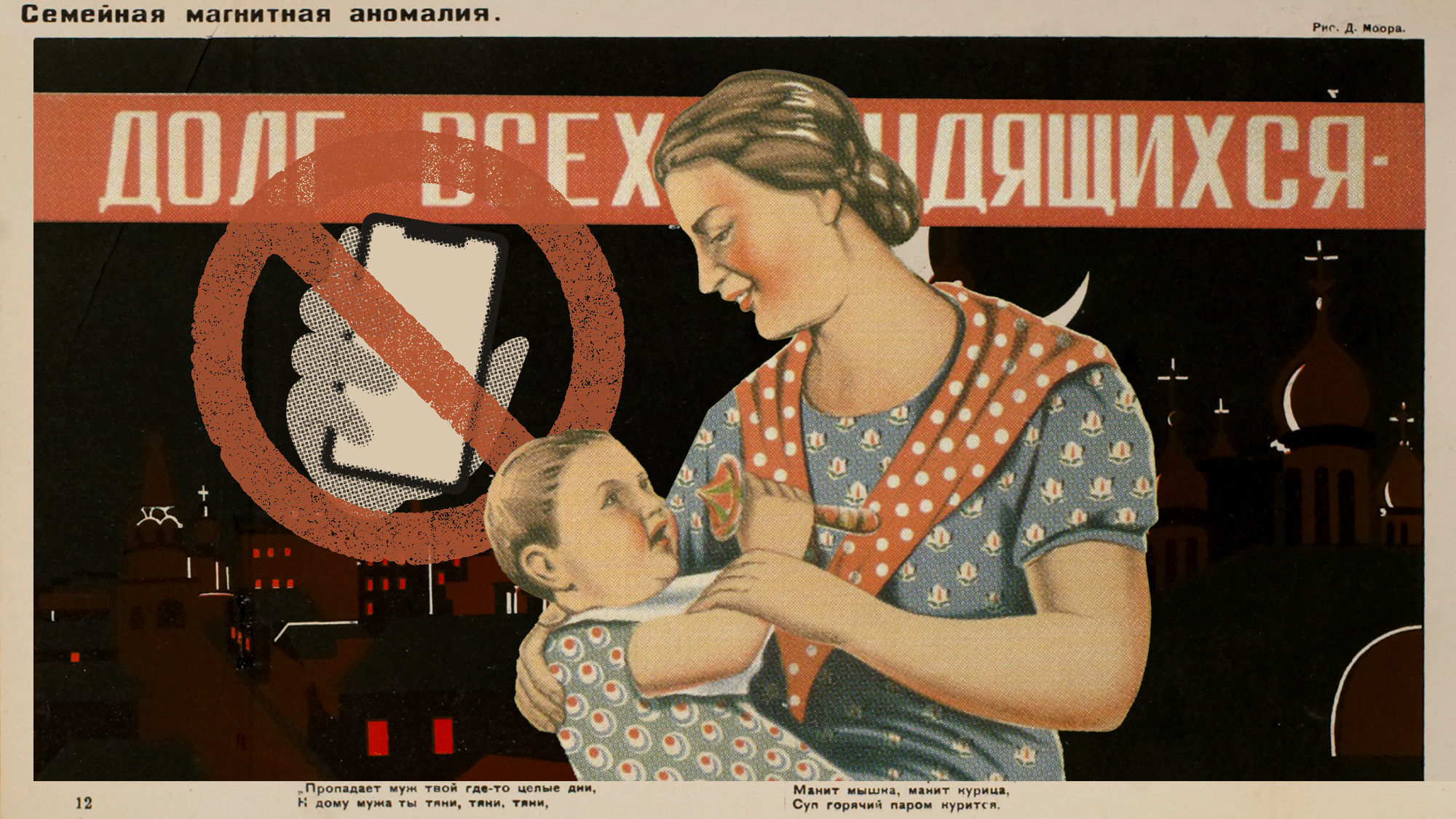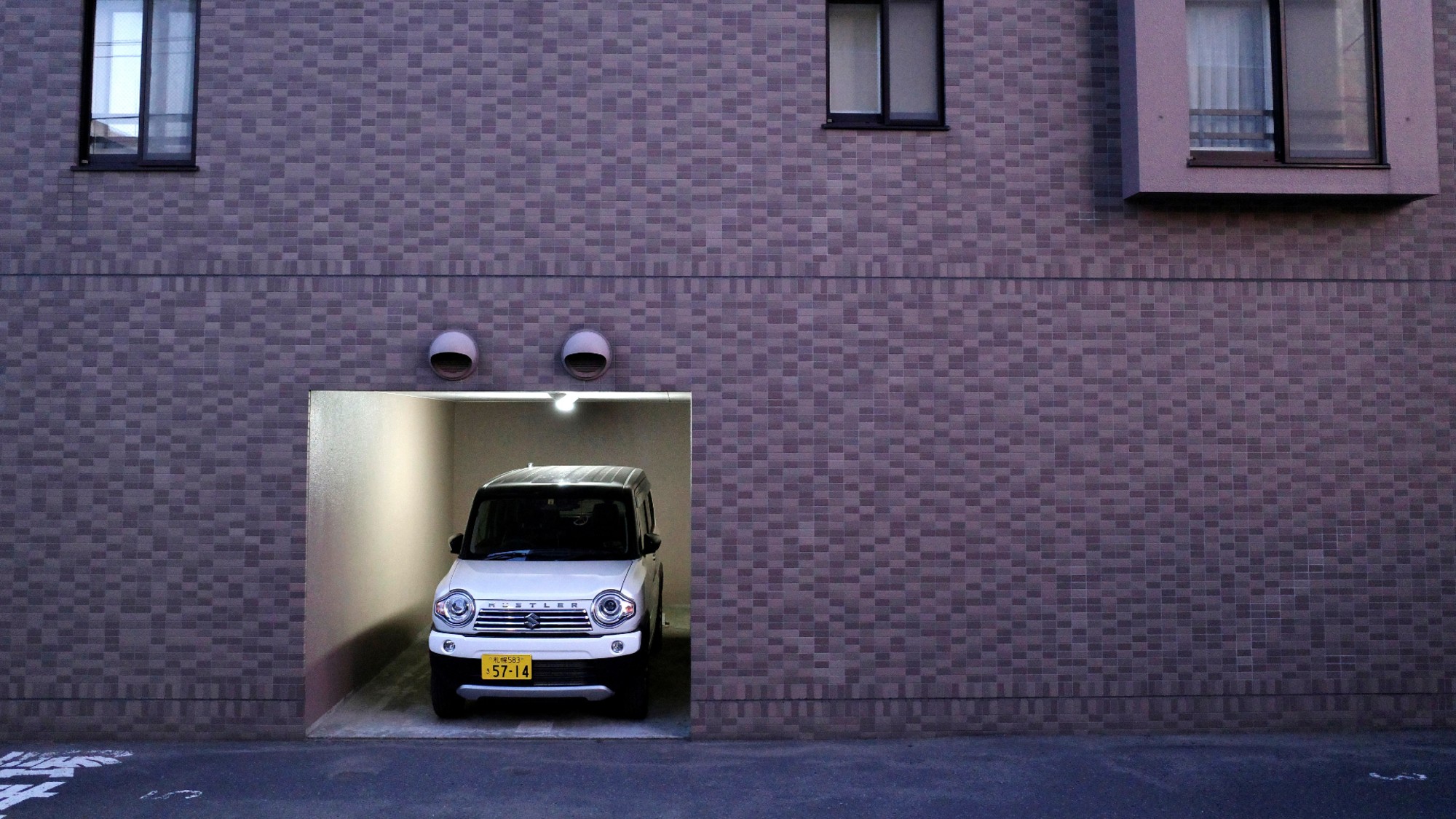Vija Celmins: Television and Disaster, 1964–1966
A show at The Los Angeles County Museum of Art traces the Latvian artist’s formative years in 1960s Los Angeles.
Los Angeles County Museum of Art
Through June 5
Historians tend to pigeonhole artists by whatever style made them famous, said Sarah E. Fensom in Art & Antiques. That’s a real shame: For artists like Vija Celmins, the brash efforts of youth are equally intriguing. So kudos to LACMA for devoting an entire show to the Latvian artist’s formative years in 1960s Los Angeles, before she made her name with “incredibly detailed paintings and drawings of gray ocean waves, delicate spiderwebs, and glittering night skies.” The early works show a preoccupation with the violent imagery that was being splashed across TV screens and newspapers: race riots, Vietnam casualties, plane crashes. They’re rendered in a “detached, voyeuristic” style, and the effect can be eerie. In Gun With Hand #1 (1964), “a liminal haze of smoke hangs suspended before the painting’s taupe background,” indicating that the gun has just been fired. “Yet its inert quality suspends any impressions of the violence that may have resulted.”
The Week
Escape your echo chamber. Get the facts behind the news, plus analysis from multiple perspectives.

Sign up for The Week's Free Newsletters
From our morning news briefing to a weekly Good News Newsletter, get the best of The Week delivered directly to your inbox.
From our morning news briefing to a weekly Good News Newsletter, get the best of The Week delivered directly to your inbox.
That unsentimental approach was a repudiation of abstract expressionism and all its melodramatic baggage, said Christopher Knight in the Los Angeles Times. In 1965, following the Watts rebellion in her adopted hometown, Celmins painted a black-and-white rendition of the August 20 cover of Time, with its banner-style headline and trio of news photographs. Rather than resorting to emotional exaggeration, she steps out of the way, letting the images speak for themselves. “Celmins is painting mass media’s hyped-up representation of a horribly violent event, but she is doing so in a manner that elevates contemplative dispassion.” The result is a “taut pictorial tension,” an aesthetic breakthrough that stayed with her even as her attentions turned to less overtly sensational imagery.
A free daily email with the biggest news stories of the day – and the best features from TheWeek.com
-
 Russia’s ‘weird’ campaign to boost its birth rate
Russia’s ‘weird’ campaign to boost its birth rateUnder the Radar Demographic crisis spurs lawmakers to take increasingly desperate measures
-
 Could smaller cars bring down vehicle prices?
Could smaller cars bring down vehicle prices?Today’s Big Question Trump seems to think so, but experts aren’t so sure
-
 2025’s most notable new albums
2025’s most notable new albumsThe Week Recommends These were some of the finest releases of the past year